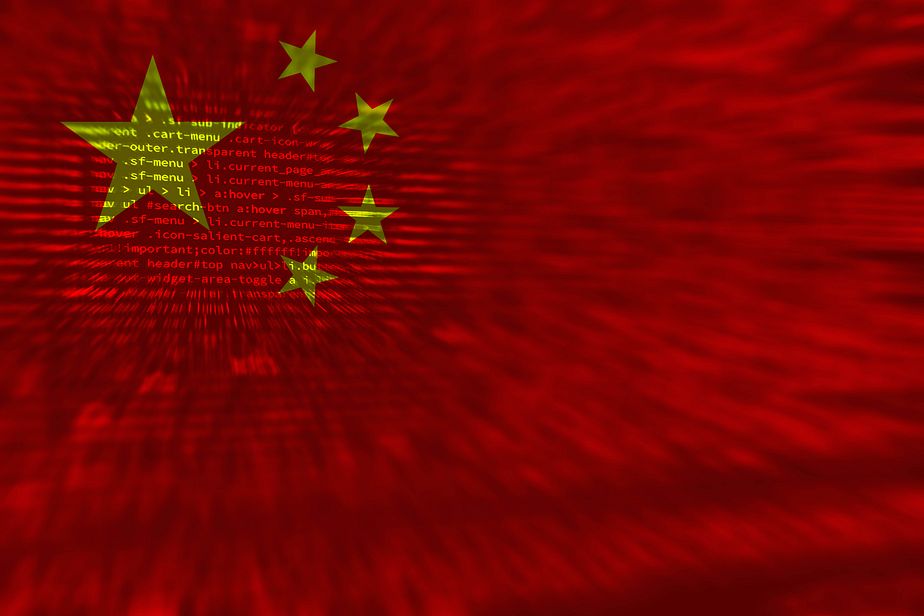China’s ambitious projects are posing a severe threat to the global economy and global health in long term and would be disastrous to the world, according to the Voices Against Autocracy reported.
China’s ambitious project, Belt and Road initiative, started in 2013, began with the aim of making better use of Chinese excess industrial capacity and capital but in reality, it is impacting biodiversity spots, endangering several threatened species, and even causing droughts.
Under the BRI, the projects vary from high-speed railway lines, coal and hydropower plants, ports, roads, bridges and tourism developments are being constructed. The BRI had impacted many critical biodiversity spots, endangering several threatened species, according to Voices against autocracy citing World Wildlife Fund.
Even, the BRI dams that will be constructed on the Mekong River basin will result in 64 species becoming vulnerable, 30 becoming endangered and 2 becoming critically endangered.
China intends to build 20 dams in the Tibetan portion of the Brahmaputra basin that is expected to generate 60,000 MW of power on the river Yarlung Tsangpo. Nine dams of this monster project will generate 40,000 MW of power at the ‘Great Bend’, a few kilometres upstream of the India-China border. The Great Bend is on top of one of the most unstable onshore seismic zones in the world that have seen five of the most severe earthquakes in recorded history in just over a hundred years. A mega-earthquake can unleash a devastating flood upon the upper northeastern states of India, reported Voices Against Autocracy.
The BRI projects have sparked protests and are strongly opposed by conservationists as many developments specifically on indigenous and local communities throughout Asia, Africa and Latin America have deep impacts on forests and other ecosystems.
China plans to invest in major projects such as a massive deposit of high-grade iron ore in the Simandou Mountains of Guinea, a bauxite-for-infrastructure deal in Ghana and the construction of an oil pipeline between Uganda and Tanzania for which Beijing faced an intense backlash from communities from Africa who accused the developers for destroying ecosystems.
Meanwhile, China is also reported to be the largest contributor of Sulphur oxides and Chlorofluorocarbons, greenhouse gases, to the atmosphere and its dust and pollutants are being transported to its neighbour.
China is also the largest producer of mercury and contributes about one-third of global mercury emissions into the air. Mercury is among the most dangerous environmental toxins that are spreading with air and water currents across national borders. Mercury pollution is usually associated with fish consumption however; methyl mercury has been also reported in rice as well, reported Voices Against Autocracy.
In China’s efforts to emerge as the world’s greatest superpower, they have changed their strategy from defensive to offensive. Now, these projects are damaging other associated countries and the major funds of BRI are coming from China and they adhere to the “host country principle” which would continue to damage.
Being criticized by the world’s environmentalists they proposed the “Green BRI” concept in 2017 to improve the environmental credentials of the initiative, yet the assessment of how the BRI is tied to sustainability is still unsure. However, there are reports that it lacks clear environmental guidelines, safety standards, and worker protections.
The World Wildlife Fund (WWF) has reported that BRI corridors overlap with over 1,700 critical biodiversity sites and the ranges could be adversely affected. A study published in Nature Sustainability suggested BRI projects may lead to “permanent environmental degradation” by causing pollution, habitat loss, and wildlife mortality, among others, as per the Voices Against Autocracy report.

